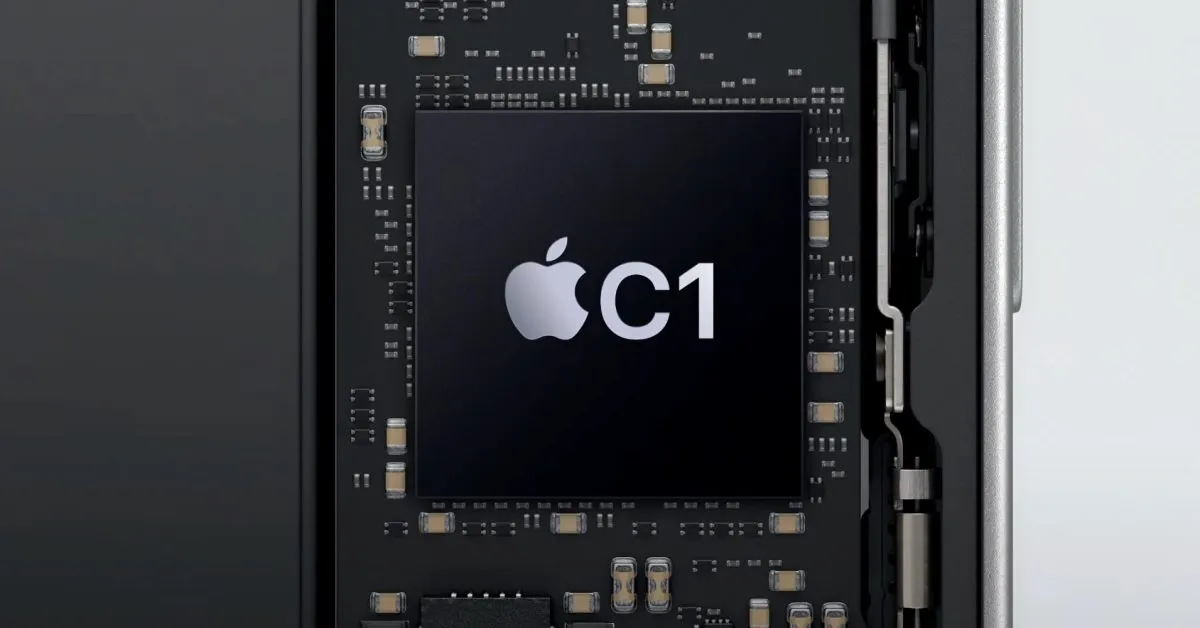
After years of extensive development, Apple has finally introduced its new C1 modem technology, which is making waves in the mobile industry. Leading up to the launch of the iPhone 16e, many experts anticipated that Apple’s C1 would lag behind Qualcomm’s renowned 5G modem, particularly in its initial version. However, a recently published study reveals an unexpected outcome that challenges these pre-launch expectations.
Today, Ookla released a comprehensive study analyzing real-world performance data comparing the iPhone 16e equipped with the C1 modem against the standard iPhone 16 featuring Qualcomm’s modem. The results were surprising and paint a nuanced picture of how each device performs across various metrics.
Ookla assessed performance across the top three US carriers—AT&T, T-Mobile, and Verizon—evaluating three different tiers: the 10th percentile (indicating the lowest performance experience), median performance, and the 90th percentile (reflecting the highest performance experience).
One of the standout findings from the study is that the iPhone 16e with the C1 modem emerged as a clear winner in the 10th percentile. This suggests that in challenging connectivity scenarios where download speeds typically suffer, the C1 modem provides a superior experience compared to Qualcomm’s offering.
However, the results flipped in the 90th percentile, where the iPhone 16 with Qualcomm’s modem achieved better top download speeds across all three carriers. Interestingly, Ookla suggests that this disparity may not be as crucial for users. They argue that performance in the lowest 10th percentile often reflects the overall quality of experience (QoE) more accurately than the peak speeds in the 90th percentile, which can be influenced by specific deployment conditions like mmWave coverage.
When it comes to median performance, the edge slightly goes to the iPhone 16e, as it displayed faster median speeds on both AT&T and Verizon networks. However, for T-Mobile users, Qualcomm’s modem provided faster median speeds, highlighting some variability depending on the carrier.
Another critical area where the iPhone 16e with the C1 modem excelled was in upload speeds, consistently outperforming Qualcomm across all major carriers. Notably, on AT&T and Verizon, the C1 modem offered upload speeds nearly double those of Qualcomm. While T-Mobile also showed a slight advantage for the C1, the disparity was much narrower.
As highlighted by 9to5Mac, Apple finds itself in a unique position with its C1 modem technology. On one hand, the company has every reason to celebrate its achievement in developing a 5G modem that can compete effectively with market leaders like Qualcomm. However, given that Apple continues to utilize Qualcomm modems in its flagship iPhones, a large-scale promotional campaign emphasizing the strengths of the C1 might not be well-received.
Despite this, the findings from Ookla’s study are promising and stir excitement for the future of Apple’s modem advancements. As the company continues to refine its technology, the potential for improved connectivity experiences for users is substantial. What are your thoughts on this comparison between Apple’s C1 modem and Qualcomm’s offerings? Share your insights in the comments below.
Looking for ways to enhance your iPhone experience? Check out our curated list of the best iPhone accessories to complement your device, from cases to chargers and more.